Introduction

Chicken wings are a culinary delight enjoyed across the globe, with myriad preparation methods catering to diverse palates. Among these, pan-seared chicken wings stand out for their crispy exterior and juicy interior, making them an ideal choice for both casual dining and gourmet gatherings. While the process may seem straightforward, achieving perfection requires attention to detail and a thorough understanding of cooking techniques. This comprehensive guide aims to empower you with the knowledge and skills necessary to craft mouthwatering, restaurant-quality pan-seared chicken wings at home.
Section 1: Understanding the Ingredients
Before diving into the cooking process, it’s crucial to familiarize yourself with the key ingredients and their roles in enhancing the flavor and texture of your chicken wings.
1 Chicken Wings
Choose high-quality, fresh or frozen chicken wings. Fresh wings tend to have a better texture and flavor, but properly thawed frozen wings can also yield excellent results. Look for wings that are plump, with skin that is taut and slightly shiny, indicating freshness. Avoid wings that have a dull appearance or an off odor.
2 Seasonings and Spices
Seasonings and spices are essential for adding layers of flavor to your chicken wings. Common choices include salt, black pepper, garlic powder, paprika, and cayenne pepper for a bit of heat. You can also experiment with herbs like thyme, rosemary, and oregano for a Mediterranean twist. Don’t overlook the power of a good-quality olive oil or butter for coating the wings, as it helps the seasonings adhere and adds richness to the dish.
3 Marinades and Sauces
Marinating the wings before cooking can infuse them with deep, complex flavors. A simple marinade of soy sauce, honey, garlic, and ginger can create an Asian-inspired taste. For a more traditional approach, consider a mixture of vinegar, mustard, and brown sugar. Post-cooking sauces, such as buffalo, barbecue, or honey mustard, offer additional flavor options and can be tailored to suit individual preferences.
Section 2: Preparation Techniques
Proper preparation is key to achieving the perfect pan-seared chicken wing. This section outlines essential steps to ensure your wings are ready for the skillet.
1 Trimming and Separating
Begin by trimming any excess fat or skin from the wings. This not only improves the appearance but also ensures even cooking. Next, separate the wings into three parts: the drumette (the thickest part), the flat (the middle section), and the wingtip (often discarded or saved for stock). For pan-searing, the drumette and flat are typically used, as they have more meat and a better texture for searing.
2 Patting Dry
Use paper towels to thoroughly pat the wings dry. Removing excess moisture is crucial because it helps the seasoning stick and prevents steam from forming during cooking, which can lead to soggy skin.
3 Seasoning
Season the wings generously on all sides with salt, pepper, and your chosen spices. For a more pronounced flavor, you can create a seasoning blend and rub it into the skin. Let the wings sit for at least 30 minutes to allow the seasonings to penetrate the meat. For even deeper flavor, marinate the wings for 1-2 hours or overnight in the refrigerator.
Section 3: The Cooking Process
Now, it’s time to put your preparation to work and cook those wings to perfection. This section breaks down the cooking process into manageable steps.
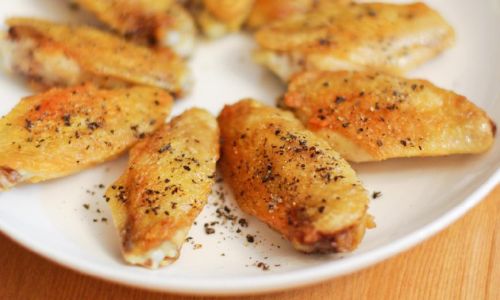
1 Preheating the Pan
Choose a heavy-bottomed skillet or frying pan that can retain heat well and distribute it evenly. Preheat the pan over medium-high heat for about 5 minutes. Add a tablespoon or two of oil (such as olive oil, avocado oil, or clarified butter) to the pan. The oil should be hot but not smoking before adding the wings.
2 Searing the Wings
Place the wings in the pan, skin-side down, without overcrowding. Overcrowding will lower the pan’s temperature, causing the wings to steam rather than sear. Depending on the size of your pan, you may need to cook the wings in batches. Let the wings cook undisturbed for about 4-5 minutes, or until the skin is deeply golden brown and crispy. This may require adjusting the heat to prevent burning.
3 Flipping and Finishing
Carefully flip the wings using tongs or a spatula. Cook the other side for an additional 3-4 minutes, or until it reaches the same golden-brown hue. If desired, you can finish the wings under the broiler for an extra crispy finish, watching them closely to avoid burning.
4 Checking for Doneness
Use a meat thermometer to check the internal temperature of the thickest part of the wing (the drumette). It should reach 165°F (74°C) to ensure safe consumption. If using a marinade or sauce with a high sugar content, be vigilant about caramelization and burning, as these can raise the cooking temperature quickly.
Section 4: Finishing Touches and Serving
Once your wings are perfectly seared, there are several ways to finish and serve them to elevate their appeal and taste.
1 Saucing
If using a post-cooking sauce, transfer the wings to a bowl and toss them gently with the sauce of your choice. Ensure even coating but avoid over-saucing, which can make the wings soggy. For a glossy finish, you can drizzle a small amount of melted butter or honey over the top.
2 Garnishing
Garnishes can add a visual and flavorful touch to your wings. Consider sprinkling them with freshly chopped parsley, chives, or scallions. A squeeze of lemon juice can brighten the flavors, while a dusting of finishing salt or a sprinkle of sesame seeds can add crunch and elegance.
3 Serving Suggestions
Serve your pan-seared chicken wings hot, accompanied by sides that complement their flavors. Classic options include celery sticks and blue cheese dressing, French fries, or a fresh garden salad. For a more indulgent meal, pair them with roasted vegetables or a grain like quinoa or farro.
Conclusion
Mastering the art of pan-seared chicken wings is a rewarding culinary endeavor that combines technique, patience, and creativity. By following the steps outlined in this guide, you’ll be able to produce wings that are crispy on the outside, juicy on the inside, and bursting with flavor. Remember, cooking is an art form that thrives on experimentation and personal touch. Feel free to adapt the recipes and techniques to suit your taste preferences and dietary needs. Happy cooking, and enjoy every crispy, savory bite of your homemade pan-seared chicken wings!
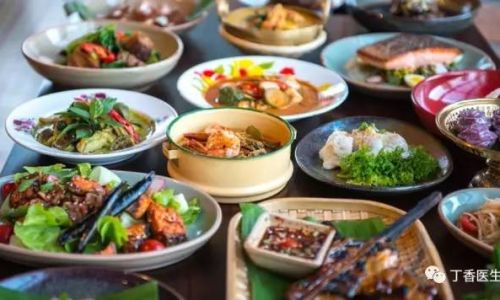
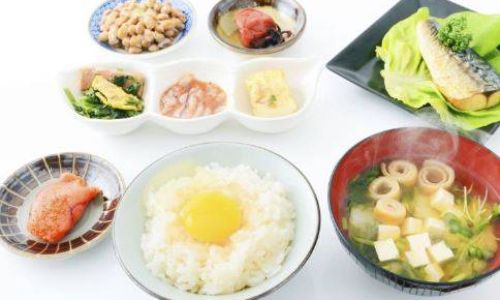
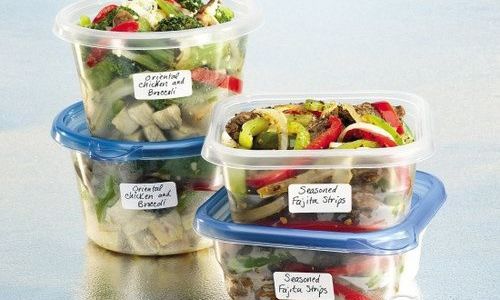
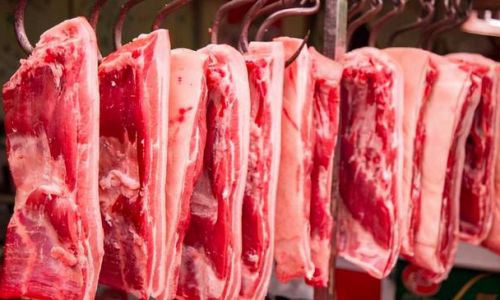
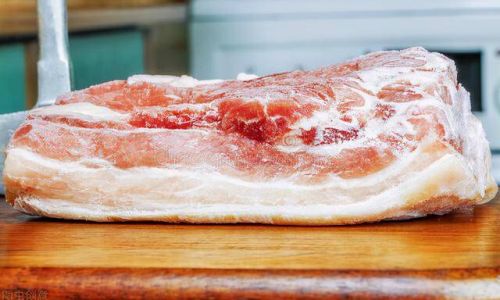
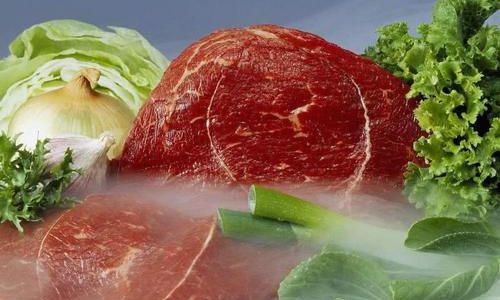
0 comments